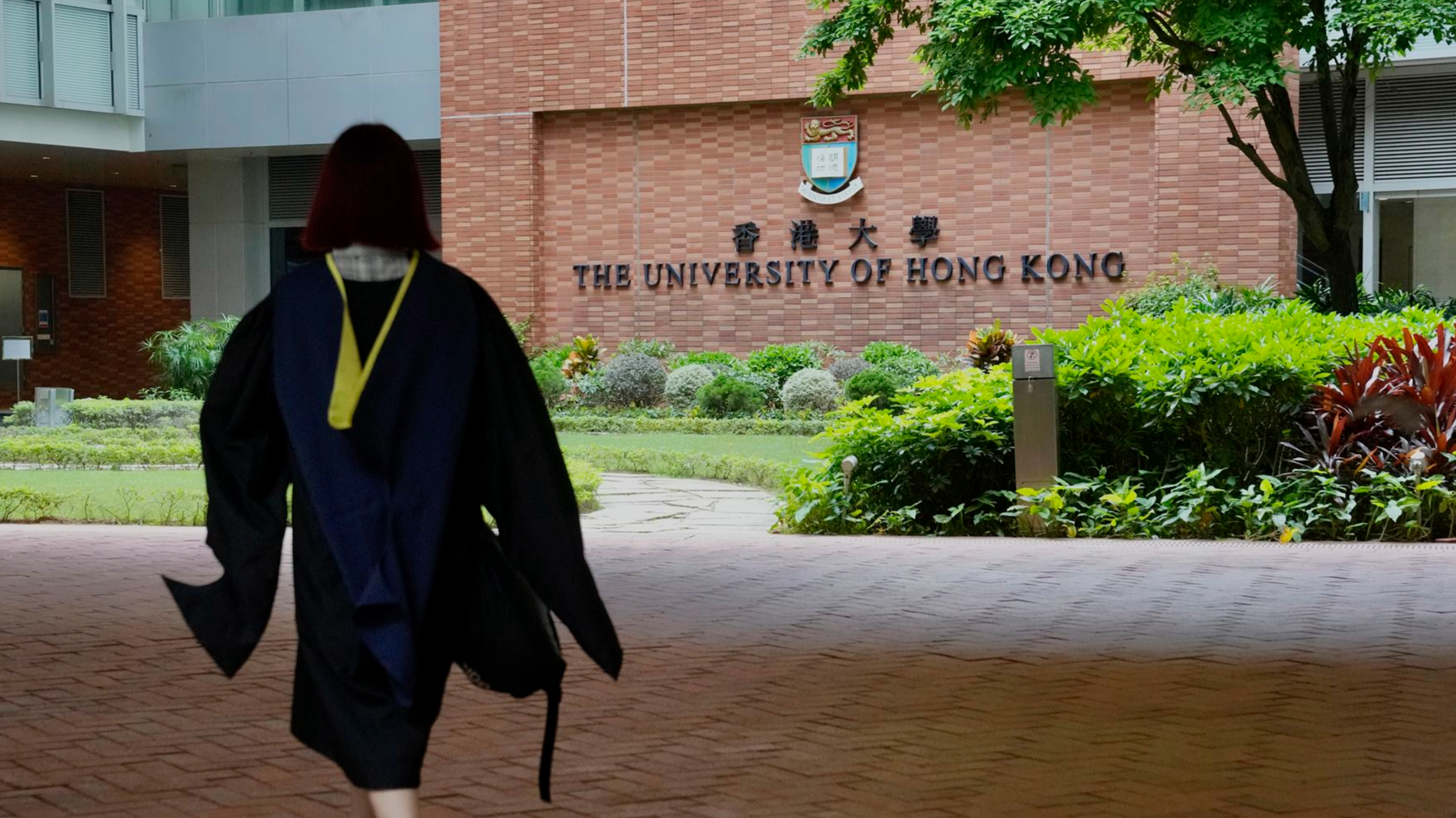
Urgent action is needed to remedy a drastic shortfall in student accommodation in Hong Kong, global real estate advisory Cushman & Wakefield has warned.
The firm has recommended streamlining the process for converting buildings into hostels, designating land supply for student accommodation, and the provision of low interest-rate loans to landlords for conversion work, in order to enhance student accommodation bed supply when the market is projected to register a shortfall of over 55,300 beds.
“As student accommodation provides relatively stable occupancy ratio and income inflows, combined with its relative low operating costs and maintenance expenses, it is believed to be a very attractive investment for investors who are pursuing stable income. It becomes an alternative form of property investment apart from traditional investment forms in office buildings and retail premises,” argued Tom Ko, executive director and Hong Kong head of capital markets at Cushman & Wakefield.
READ MORE: HK as an education center — an idea whose time has come
Ko cited a hotel in Kowloon that currently provides about 600 rooms. According to Cushman &Wakefield’s estimate, if the owner renovates the property and it becomes a student dormitory, the related renovation works are forecast to be completed within four to six months, and it is expected to provide about 1,200 beds with a rental income projected to rise significantly at 68 percent.
The government of the Hong Kong Special Administrative Region, in last year’s Policy Address, announced a pilot program to streamline the processing of applications in relation to planning, lands, and building plans, to encourage the market to convert hotels and other commercial buildings into student hostels. This came after the SAR pledged to transform itself into an international hub for tertiary education.
Cushman &Wakefield welcomed the government’s initiative to facilitate student hostel conversion work, but suggested three major refinements.
The first is to include “student hostel” as a new land use type with a waiver to streamline the conversion process.
Currently, it takes two years for investors to convert commercial buildings into student dormitories, comprising the process of office building vacation, renovation works, and the application process for hotel licenses.
Cushman & Wakefield suggested that owners can commence the hotel license application procedure with the renovation works simultaneously, thus shortening the required conversion time from two years to as little as 15 months.
“We hope that the government will consider including ‘student dormitories’ as a new planning use type so that investors can avoid the lengthy process of applying for a hotel license, and can speed up the time and review required in renovation that will be effective to encourage more potential investors to enter the market,” Ko said in a Wednesday press conference.
The real estate advisory also suggested providing designated land supply for student accommodation, and offering low interest-rate loans to landlords for conversion work to enhance student accommodation bed supply.
READ MORE: Bridging gap between liberal and professional education
In 2022, local developer Wang On Properties and US private equity firm Angelo Gordon acquired the Pentahotel in San Po Kong from New World Development for HK$2 billion ($256 million) with the property having since been converted to a student housing facility operated under Wang On’s Sunny House co-living brand.
Boston-based fund manager AEW Capital Management teamed up with local developer Crystal Investment in the same year to buy Hotel Sav in Hung Hom for HK$1.65 billion, with that property rebranded as the Y83 facility.
Starting from the 2024-25 academic year, the admission quota of non-local students to government-funded post-secondary institutions will be doubled to 40 percent. University Grants Committee-funded universities will take forward a number of hostel projects, which will cumulatively provide about 13,500 additional hostel places by 2027 to cater for the needs of students, including those arising from the additional intake.


